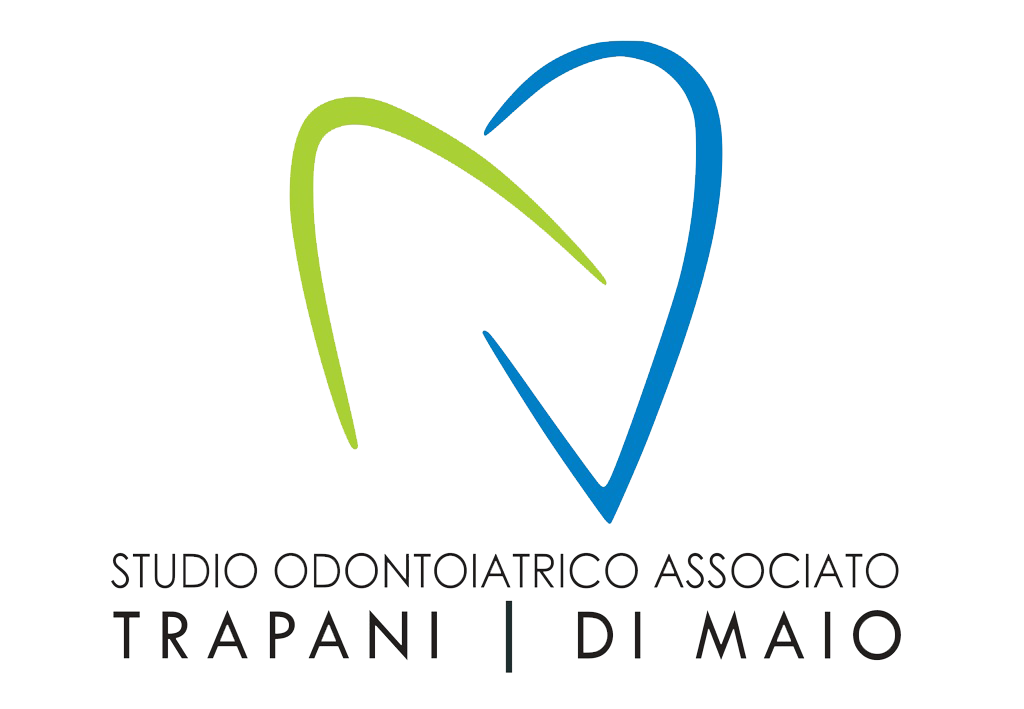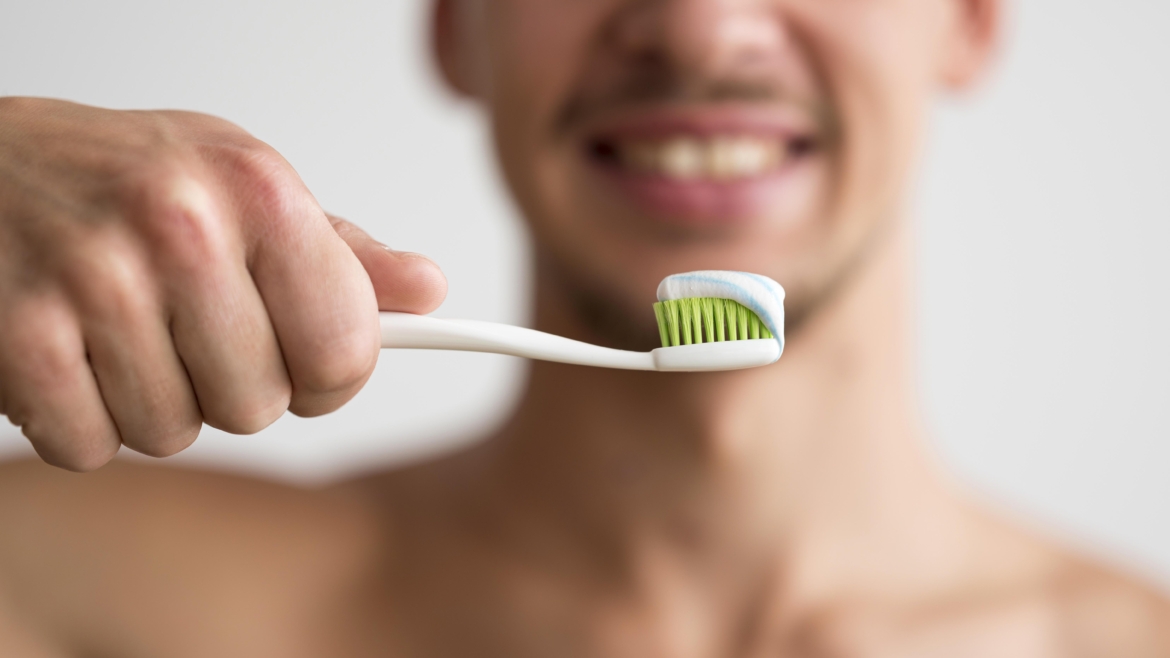Dott. Danilo Trapani
Choosing the right toothbrush is essential for correct oral hygiene. Whether manual or electric, each toothbrush has different characteristics designed to meet specific needs of the mouth and gums. In this guide we explain how to choose the best toothbrush based on your type of teeth, gums and your oral cleaning routine.
Manual or electric toothbrush: which one to choose?
There is no such thing as an “absolute best” toothbrush. The choice depends on:
- individual manual ability,
- gum sensitivity,
- state of oral health,
- age.
Manual toothbrush
It’s cheap, easy to find, and available in numerous variations, including:
- Infantile: for children, with small head and soft bristles.
- Interproximal: for spaces between teeth that are wider than normal.
- Periodontal: indicated in the presence of gingival inflammation.
- Orthodontics: for those who wear orthodontic braces.
- Post-surgical: for hygiene after oral procedures.
Electric toothbrush
Suitable for those who have difficulty moving the hand correctly during cleaning. It features:
- Pressure sensors: warn if you press too hard.
- Built-in timer: ensures correct brushing time.
- Small heads: useful for reaching difficult areas.
- Speed control: useful in case of sensitivity or delicate gums.
The main guidelines for choosing the right toothbrush
1. Conformation of the teeth
- Porous or stained teeth → choose harder bristles.
- Crowded or narrow teeth → prefer bristles of different lengths, capable of reaching the interdental spaces.
2. The head
The head must adapt to the size of the mouth:
- Small for narrower mouths or more precise cleaning.
- Always without cracks, to avoid the accumulation of bacteria.
3. The bristles
The best bristles are synthetic, because:
- They do not absorb moisture.
- They dry quickly.
- They keep their shape.
Types of bristles:
- Soft: ideal for sensitive gums, children, post-surgery patients. Delicate but less incisive against the plaque.
- Averages: the most recommended by dentists. They balance effectiveness and delicacy.
- Hard: Very effective but can damage enamel and gums if used with too much pressure.
4. The handle
- It must be resistant to moisture and easy to hold.
- The non-slip handles offer greater safety during use.
- The shape (curved, straight, thick or thin) can be chosen according to personal comfort.
How to choose the most suitable toothbrush
The choice of toothbrush must take into account:
- Age and manual skills.
- Any gum or orthodontic conditions.
- Type of bristles best suited to your sensitivity.
In case of doubt, it is always advisable to ask your trusted dentist for advice, who will be able to suggest the most suitable toothbrush based on the state of health of the oral cavity.
A good choice can make the difference in preventing plaque, tartar, cavities and gum problems, helping to keep teeth healthy for longer.

